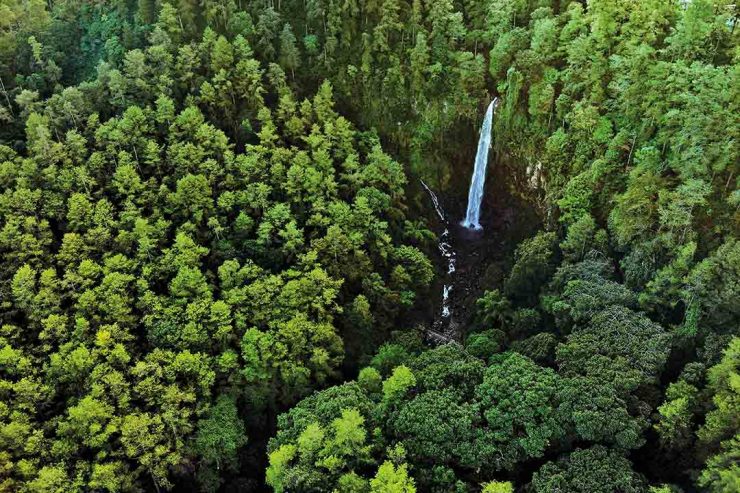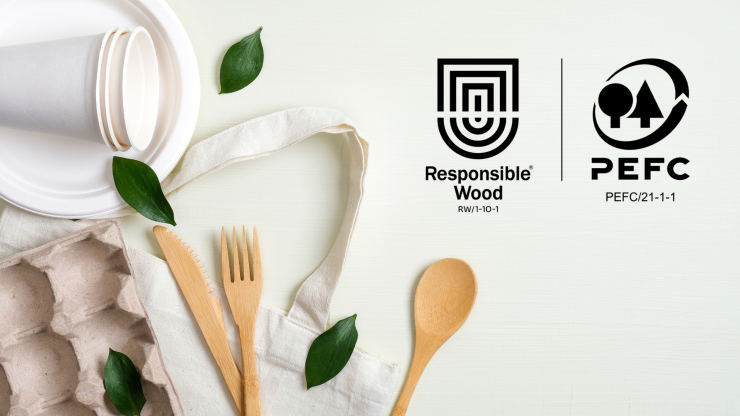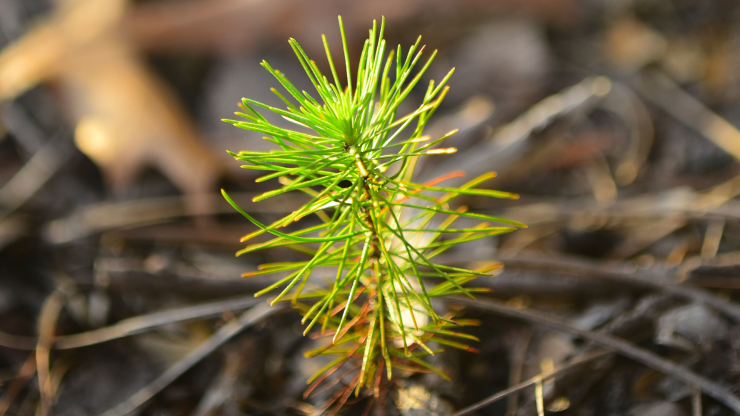Sustainable Forest Products: Making Informed Choices for the Planet’s Future
In a world where environmental concerns are becoming increasingly urgent, making informed choices about the products we use has never been more critical. Sustainable forest products play a vital role in this equation, offering consumers an opportunity to support responsible forestry practices and contribute to the preservation of our planet’s natural resources. But what exactly are sustainable forest products, and…










